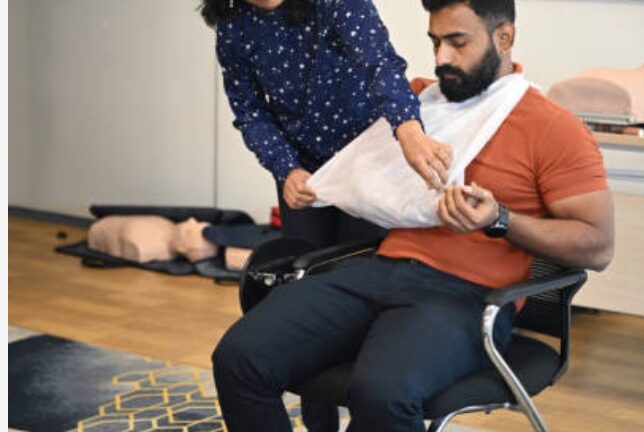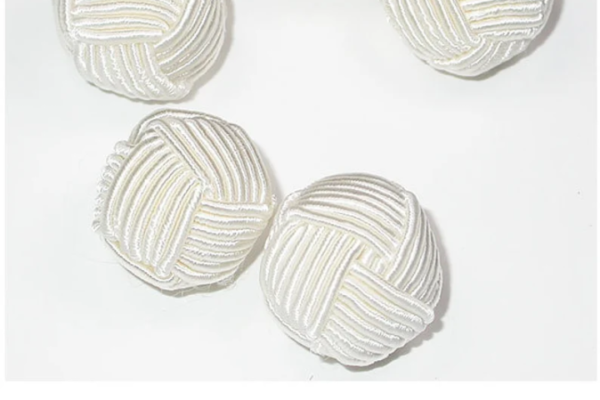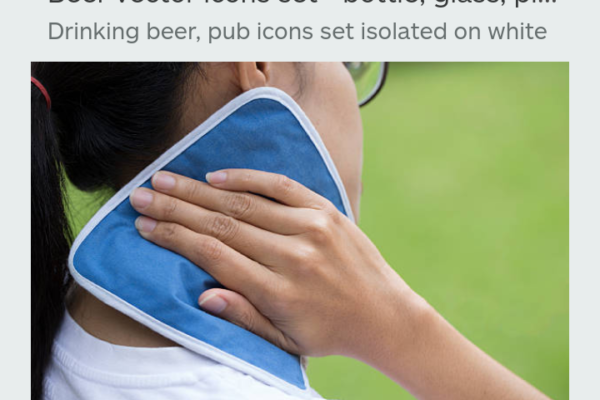Quick Relief and Total Recovery with our Triangular Bandage.
Bandage Brilliance: How to Tackle Tricky Wound Situations with Triangular Bandages
Discover the secret weapon in first aid kits! Unveiling the unexpected uses of triangular bandages for tricky wound scenarios.

First aid is an essential skill that everyone should possess. Having a well-stocked first aid kit is crucial in times of emergencies. Among the various items found in a first aid kit, triangular bandages are a versatile and essential resource that can be used in a multitude of wound situations. In this blog post, we will explore the different uses, techniques, and benefits of triangular bandages, and how they can help you effectively handle tricky wound situations.
History of Triangular Bandages
The origins of triangular bandages can be traced back to ancient civilizations, where early forms of bandages were used to treat wounds and injuries. Over time, triangular bandages evolved and became a staple in first aid practices. Notable innovators have contributed to the development of triangular bandages, introducing improvements and additional features to enhance their effectiveness.
Master Wound Care with Triangular Bandages
Types of Triangular Bandages
Triangular bandages are available in various materials, such as non-woven fabric or muslin cloth. They also come in different sizes and shapes, including small, medium, and large. Some triangular bandages are designed with built-in splints, providing added support for immobilizing fractures or sprains.
“Life may throw wounds on our path, but with the brilliance of triangular bandages, we can rise above any tricky situation and heal with grace. 💪🩹 Let’s unwrap the secrets to mastering wound care:
Versatility and Uses of Triangular Bandages
Triangular bandages are incredibly versatile and can be used in a range of wound scenarios. The cravat technique can be employed to stabilize head and neck injuries. The sling technique is perfect for supporting arm and shoulder injuries, while the splint technique helps immobilize fractures or sprains. In severe bleeding situations, a triangular bandage can be used as a tourniquet to control the bleeding temporarily.
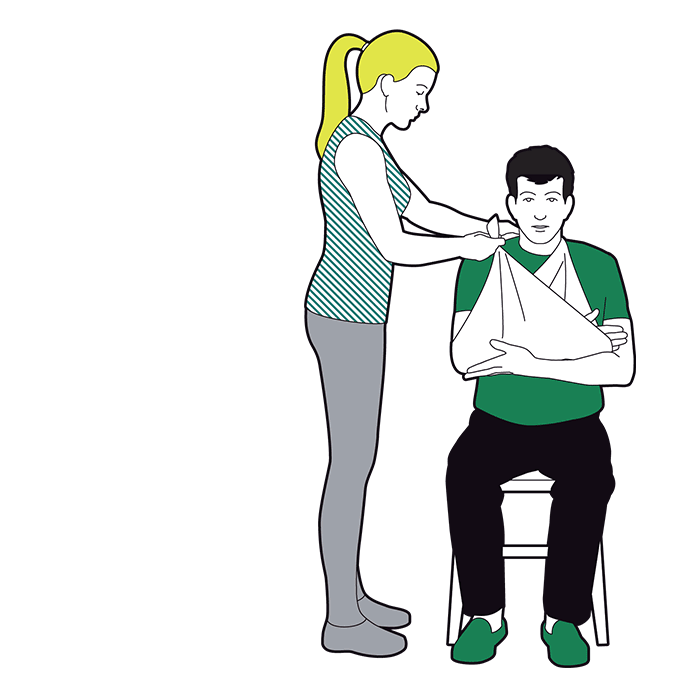
Step-by-Step Guide: How to Apply a Triangular Bandage
Applying a triangular bandage correctly is crucial for effective wound management. Follow these steps to ensure proper application:
- Start by properly folding and preparing the triangular bandage.
- Depending on the injury location (head, arm, leg), apply the bandage using the cravat, sling, or splint techniques.
- Secure the bandage firmly, but not too tight, to provide support and stability.
By following these steps, you can ensure the bandage remains secure and comfortable for the injured person.
Frequently Asked Questions about Triangular Bandages
Let’s address some common questions related to triangular bandages:
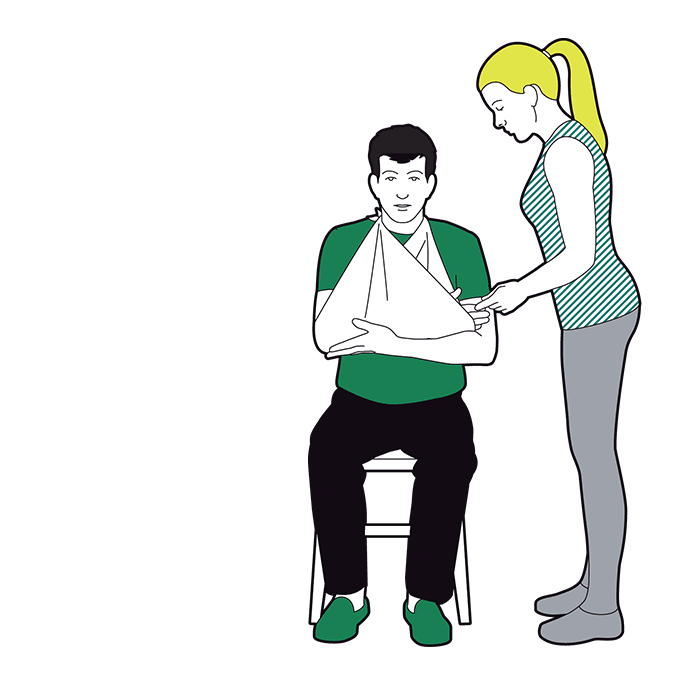 Are triangular bandages reusable? Triangular bandages can usually be reused after proper cleaning and sterilization, but it is recommended to have multiple bandages in a first aid kit.
Are triangular bandages reusable? Triangular bandages can usually be reused after proper cleaning and sterilization, but it is recommended to have multiple bandages in a first aid kit.- Can triangular bandages be used for pets? Yes, triangular bandages can be used on pets to immobilize fractures or support injured limbs. However, it is essential to consult a veterinarian for proper advice.
- How do I clean a triangular bandage? Triangular bandages can be hand-washed using mild detergent and warm water. Ensure they are thoroughly dried before storing them in the first aid kit.
- Can triangular bandages serve other purposes beyond first aid? Absolutely! Triangular bandages are incredibly versatile and can be used as a makeshift towel, a cloth to carry items, or even as a sunshade in emergency situations.
Best Practices and Safety Considerations
While triangular bandages are a valuable resource, it is essential to keep the following best practices and safety considerations in mind:
- Properly educate yourself by taking a first aid training course to ensure you know how and when to use triangular bandages.
- When applying a triangular bandage, make sure it is not too tight, as it can impede blood circulation, or too loose, as it may not provide adequate support.
- Understand the limitations of first aid and know when it is necessary to seek medical assistance. Triangular bandages are designed for temporary relief until professional medical help is available.
Master Wound Care with Triangular Bandages
Conclusion
Triangular bandages are indispensable tools in any first aid kit. Their versatility and usefulness in various wound situations make them a valuable resource for handling tricky injuries. By familiarizing yourself with different techniques and best practices, you can effectively and confidently utilize triangular bandages to provide support and aid in times of need.
Remember, bandage brilliance comes from having the right knowledge and resources at your disposal, so make sure your first aid kit is equipped with triangular bandages.

